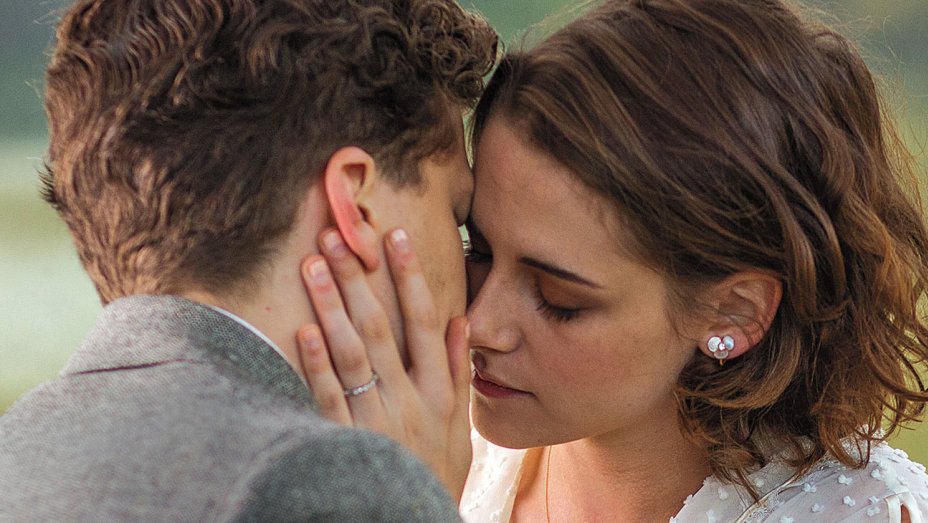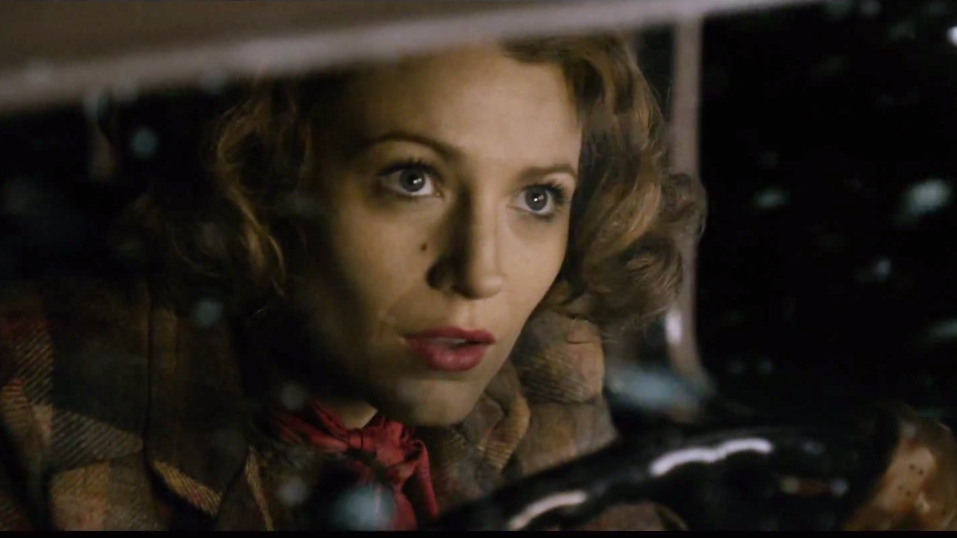THE SHALLOWS
 Friday, August 19, 2016 at 9:08PM
Friday, August 19, 2016 at 9:08PM Stars: Blake Lively, Oscar Jaenada, Angelo Jose, Lozano Corso, Jose Manual, Brett Cullen, Sedona Legge, Diego Espejel, Janelle Bailey and Stevan ‘Sully’ Seagull.
Writer: Anthony Jaswinski.
Director: Jaume Collet-Serra.
Rating: 4/5

One must swallow as much salty dramatic logic as Blake Lively does water to make The Shallows work, but work it does. Jaume Collet-Serra’s woman-vs-wild thriller is beautiful, bigscreen Hollywood nonsense that manoeuvres/manipulates the viewer into the kind of submissive state only the finest summer crowd-pleasers can achieve. Unlike Lively’s stranded surfer, who takes on a monster shark with guile and cunning, it’s best to jam any overthinking deep into your psychic beach bag and just enjoy the bounty of gut-level visceral thrills.
So grounded yet mesmerising as if to have risen out of the golden sand itself, Lively plays grieving med student Nancy, who has deferred her studies to travel to the idyllic beach that was dear to her late mom. The reconciliation with her mother’s spiritual home provides a mere shading of real world emotion yet, as sketchy a set-up as that may be, it is all Lively needs to spark the heroine into life. The actress’ innate sweetness and towering physicality proves a potent and photogenic combination. Not unlike her husband Ryan Reynold’s solo turn in Buried (2010; also for a Spanish director, Rodrigo Cortes), Lively maximises her time alone on-screen, her only companion a Wilson-like seagull, whom she names ‘Steven’ (the film’s biggest laugh).
Having taken to the azure waters, she spends the day riding the breaks that her mother once enjoyed. Collet-Serra takes his good time establishing ever-changing, sometimes disorienting nature of the seascape, from the pounding surf to the razor-sharp coral, but this is deliberate. Understanding the geography plays a crucial role in buying into Nancy’s developing predicament. The breathing space that the Lord Howe Island location gives his camera only amplifies his skill at forging tension. And the vastness of the sun-drenched tropical setting is matched only by the multitude of adoring angles the director and his DOP Flavio Martínez Labiano afford their leading lady.
Nancy’s decision to ride one last set is her undoing. A whale carcass has drifted near shore and she veers too near; from the depths, a great white shark checks her out. Soon, she is stranded on a rock that will be submerged come high tide; the shark is a constant presence, as is the threat of unconsciousness and infection associated with the gaping thigh wound she has suffered (if the production takes certain liberties with reality in most other regards, it gets the results of shark teeth on flesh right enough). Set in motion is a slasher pic structure, in which the ‘final girl’ must draw on reserve strength, both mental and physical, to outwit the ‘killing machine’ bad guy who has a myopic focus on carnage.
The Spanish director rarely lets reality usurp genre fun (House of Wax, 2005; Orphan, 2009; Unknown, 2011; Non-Stop, 2014). The Shallows is no different; both narratively (why are no other locals surfing this beach?) and scientifically (why is only one shark attracted to the whale carcass?), Collet-Serra brazenly, occasionally brilliantly, laughs in the face of common sense. He is concerned with cracking B-movie suspense, ratcheting up the thrills via (mostly) superb CGI employment and providing Lively with all the contrivances she needs to survive against her nemesis.
SCREEN-SPACE is adamantly against the demonization of sharks as movie monsters (read our interview with documentarian and shark protection advocate Madison Stewart). But The Shallow’s hulking villain is no more a realistic portrayal of the ocean’s great alpha predator than The Wizard of Oz is of tornadoes. His form and function is pure cinematic villainy; the dark chemistry he creates with his human co-star is perhaps the most realistic element in the film.
 Blake Lively,
Blake Lively,  Shark Attack,
Shark Attack,  Summer Movies
Summer Movies 

